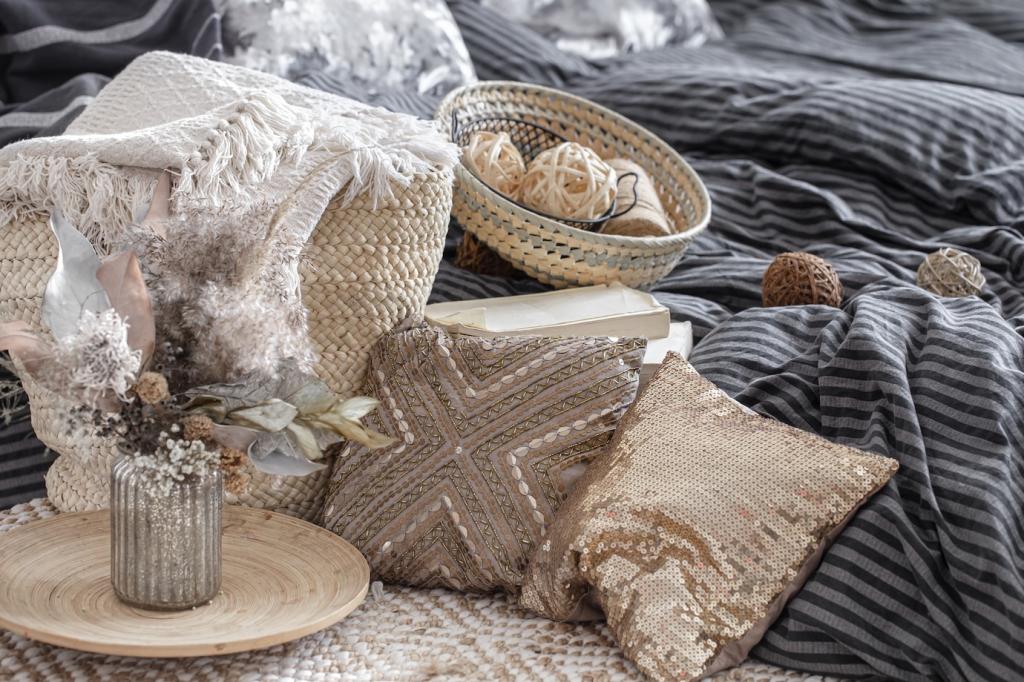This website uses cookies so that we can provide you with the best user experience possible. Cookie information is stored in your browser and performs functions such as recognising you when you return to our website and helping our team to understand which sections of the website you find most interesting and useful.
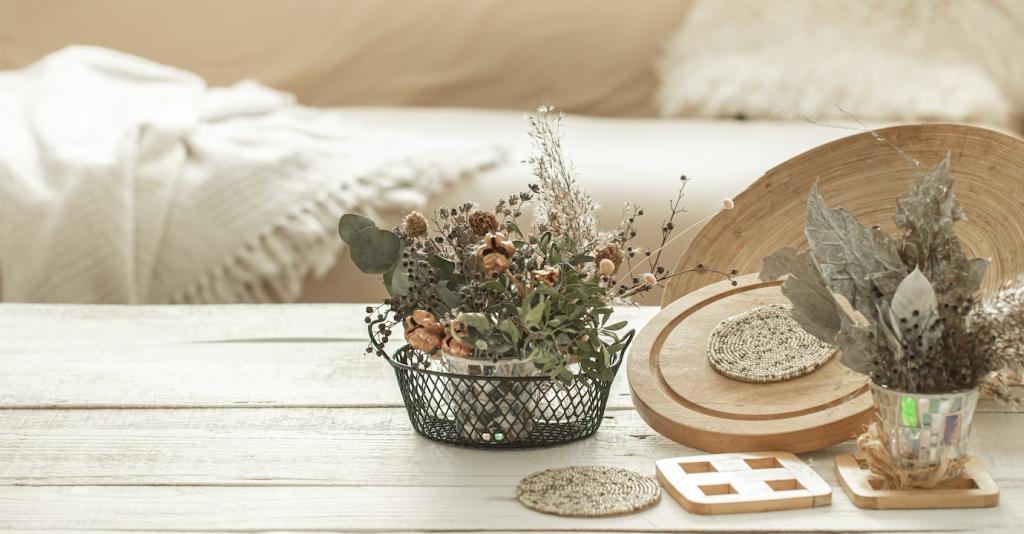
Eco-Friendly Materials for Interior Design
As environmental awareness grows, the demand for eco-friendly materials in interior design continues to rise. Choosing sustainable resources benefits not only the planet but also the health and well-being of those who inhabit the spaces. Eco-friendly materials are characterized by their low environmental impact, ethical sourcing, and often, innovative production processes. Their application ranges from furniture to surface finishes, creating interiors that are both stylish and responsible. Thoughtfully selected sustainable materials can elevate the aesthetic of any space while minimizing waste, pollution, and energy consumption. This guide delves into the world of eco-friendly interior design materials, highlighting their benefits, applications, and unique characteristics.
Natural Wood and Reclaimed Timber
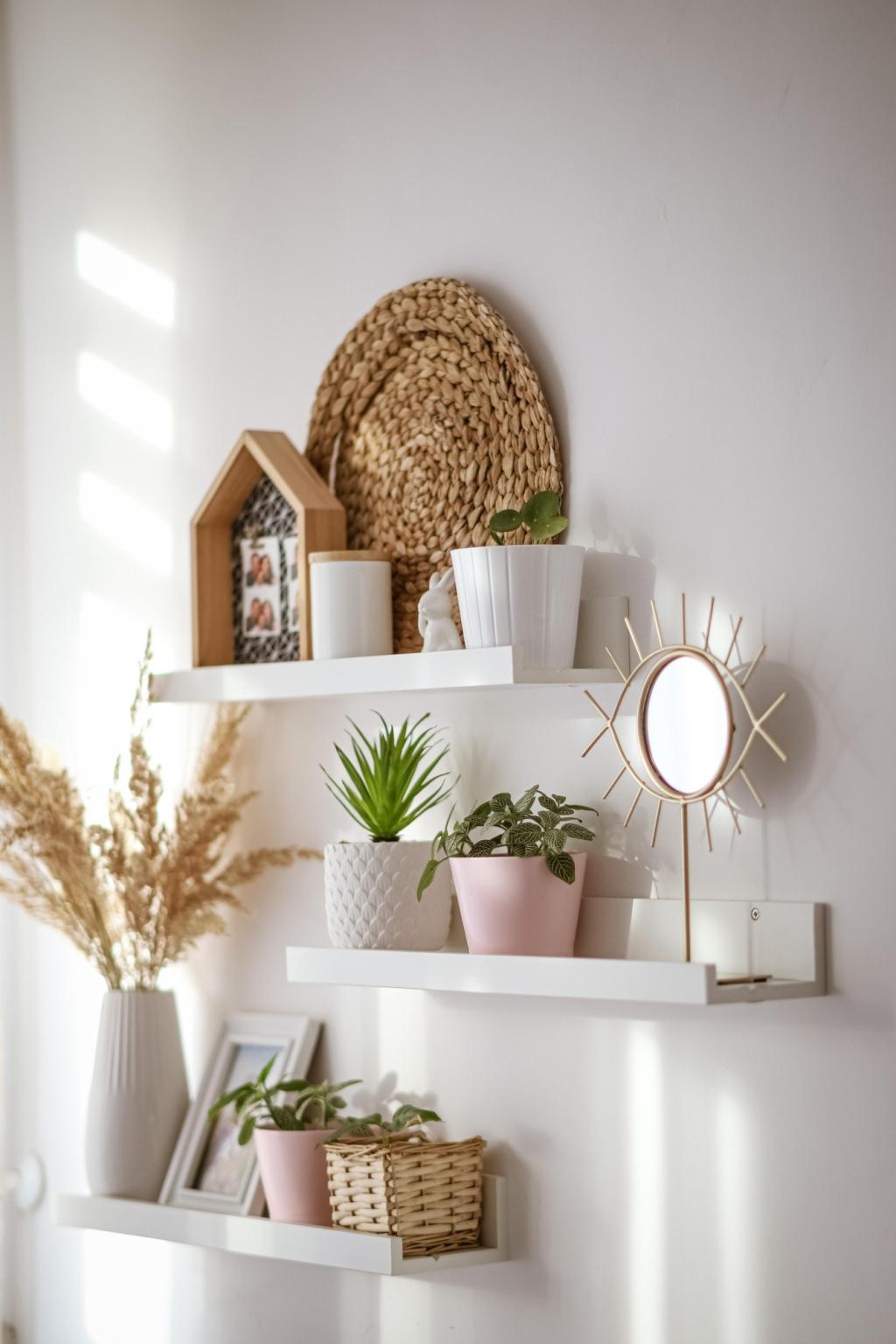
Bamboo: The Fast-Growing Renewable
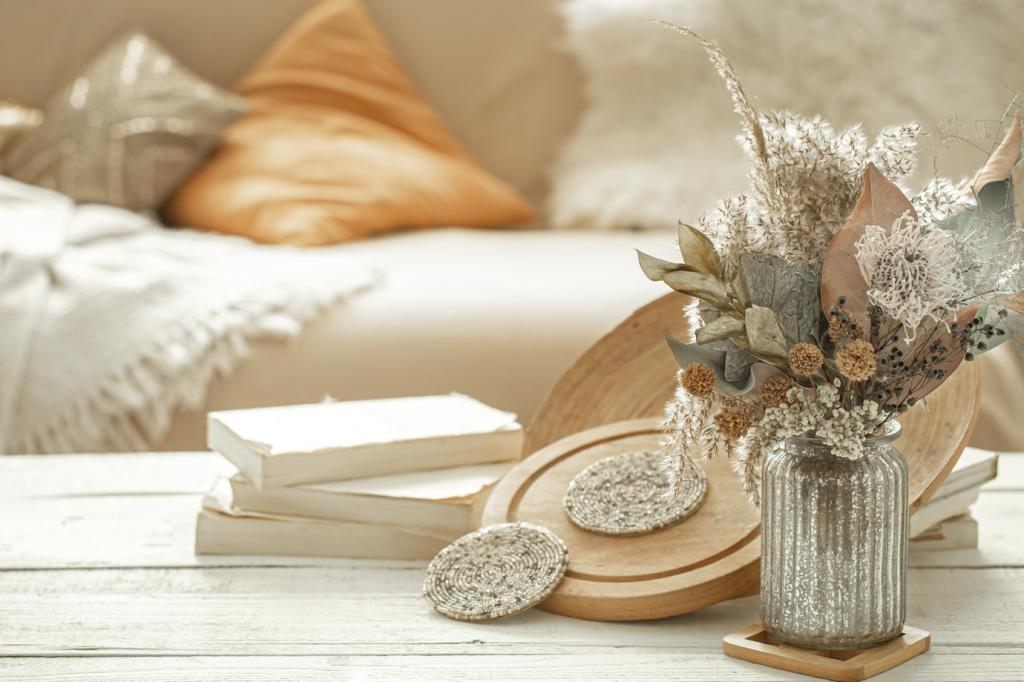
Locally-Sourced Natural Stone
Recycled Stone Surfaces
Thin Stone Veneers
Recycled and Upcycled Materials
Recycled Glass Surfaces
Upcycled Metal Fixtures
Repurposed Textile Applications
Sustainable Paints and Wall Finishes

Natural and Sustainable Textile Choices
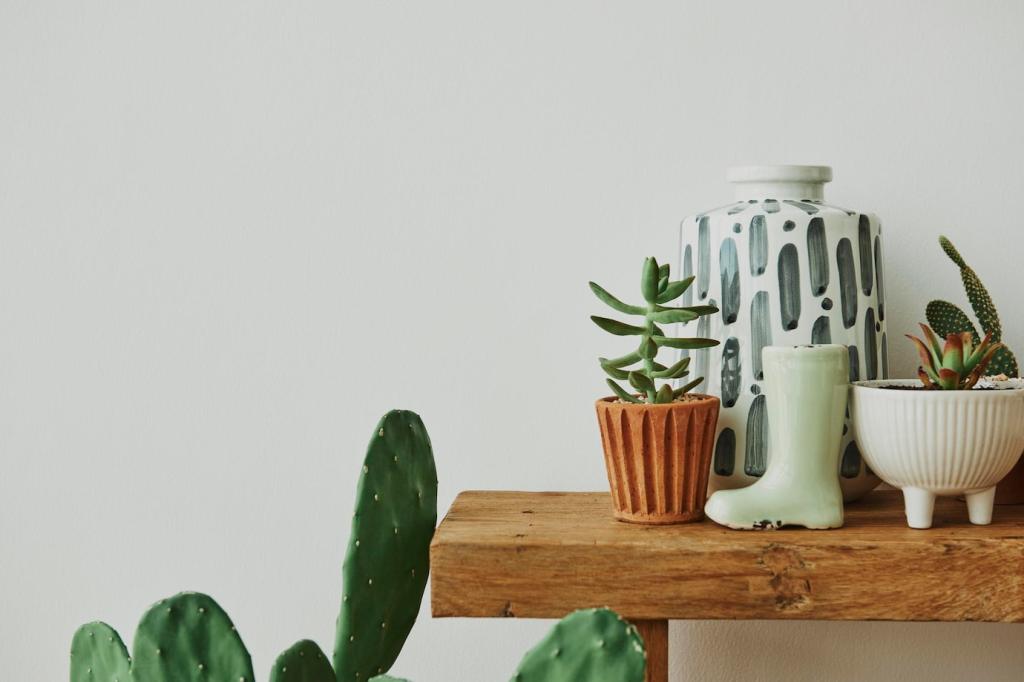
Cork: A Resilient and Renewable Resource
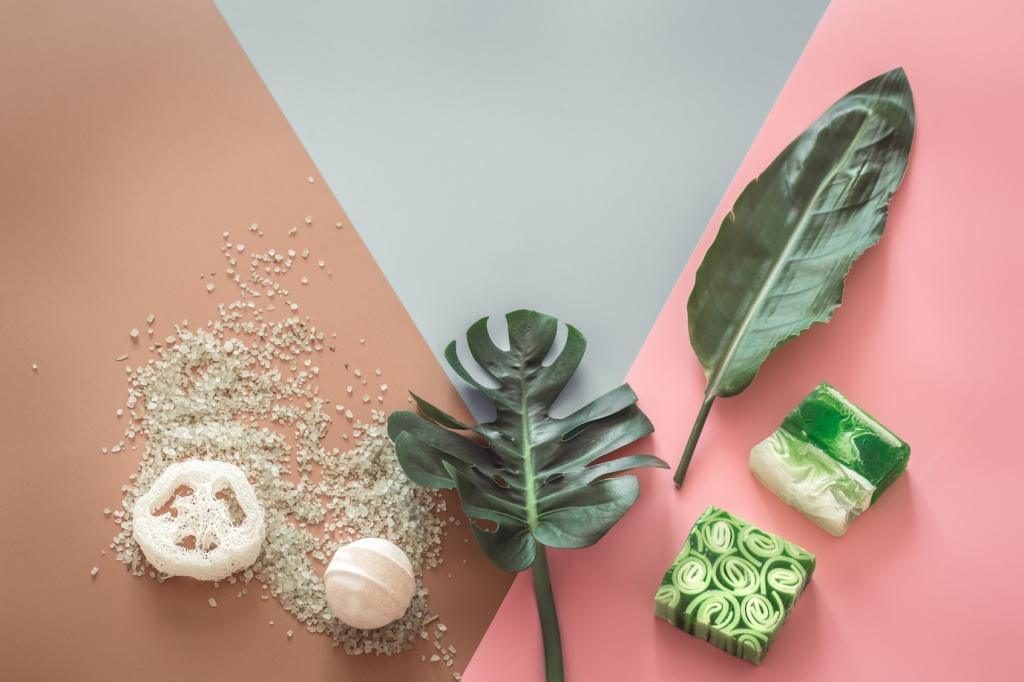
Cork Flooring Solutions
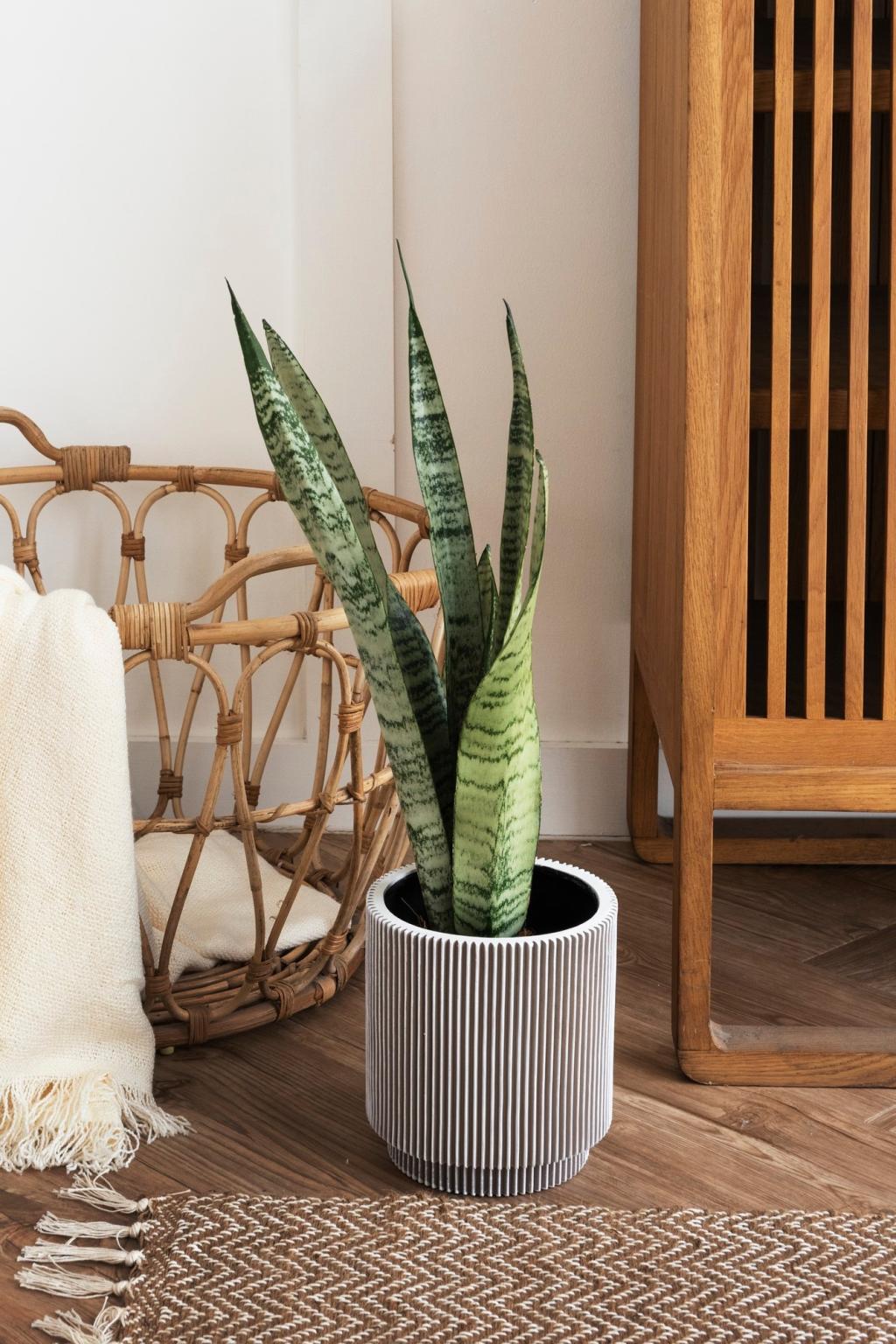
Cork Wall Coverings
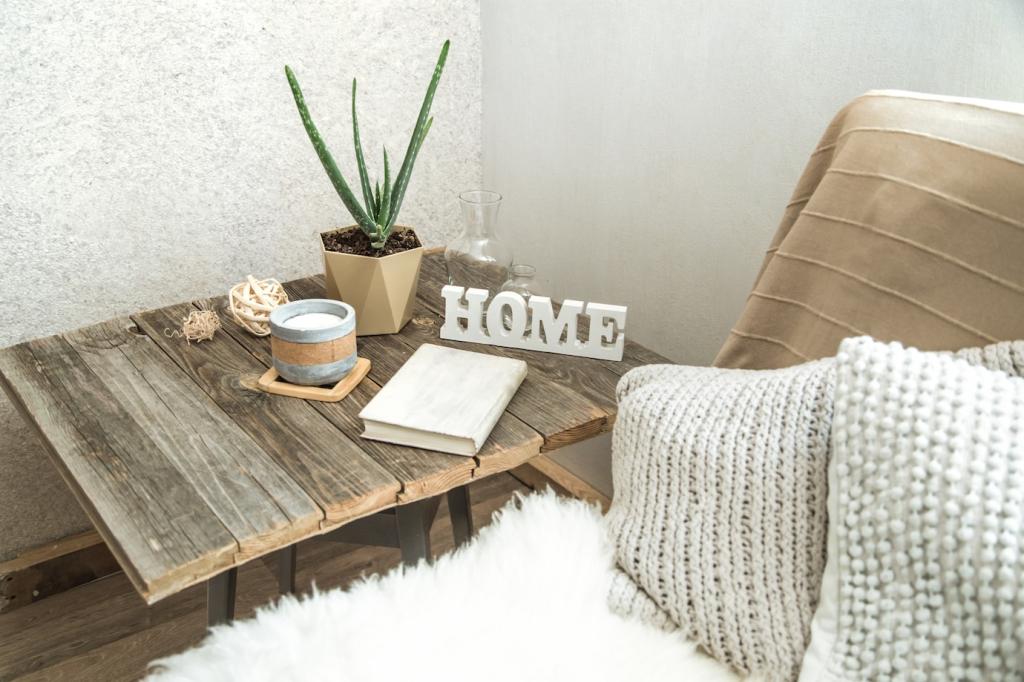
Decorative Accessories and Furniture
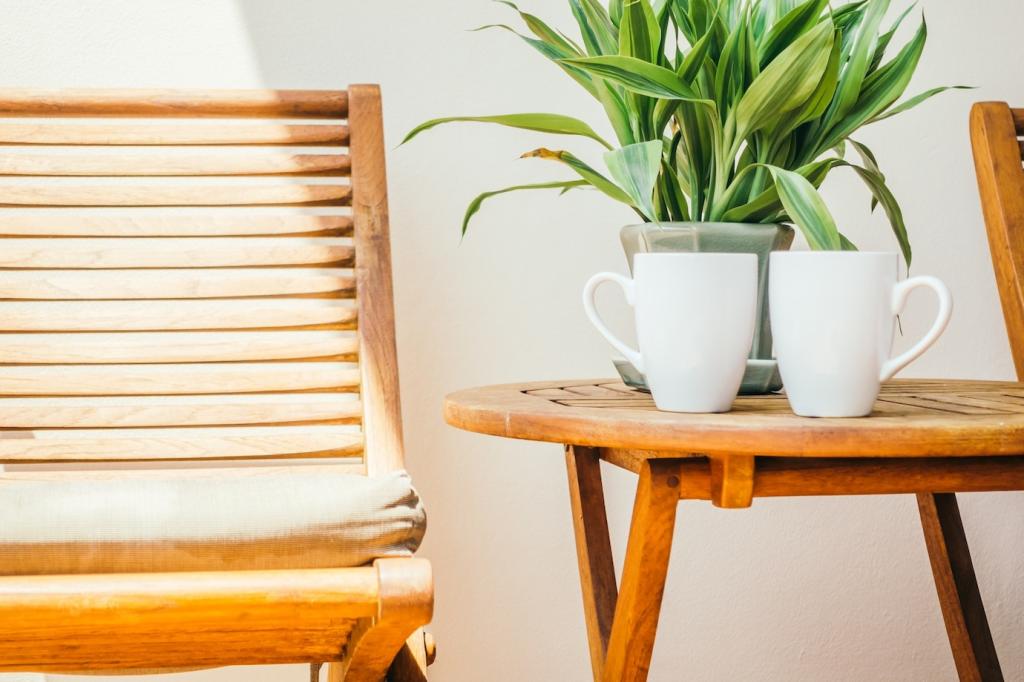
Mycelium-Based Composites
